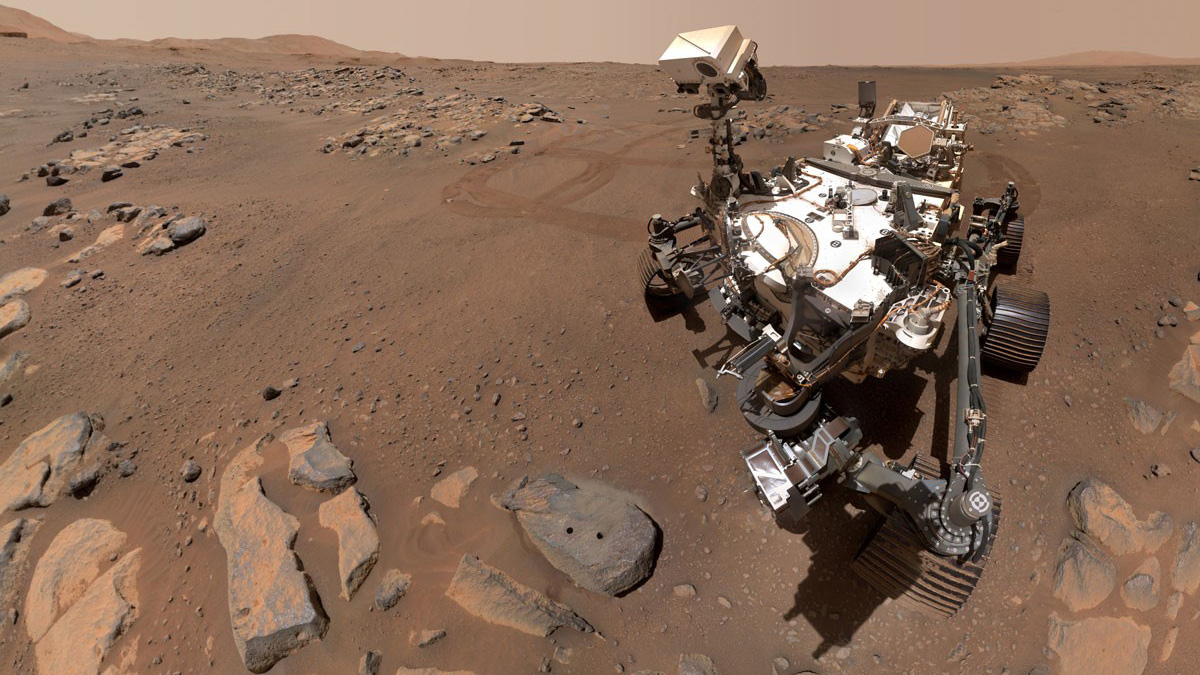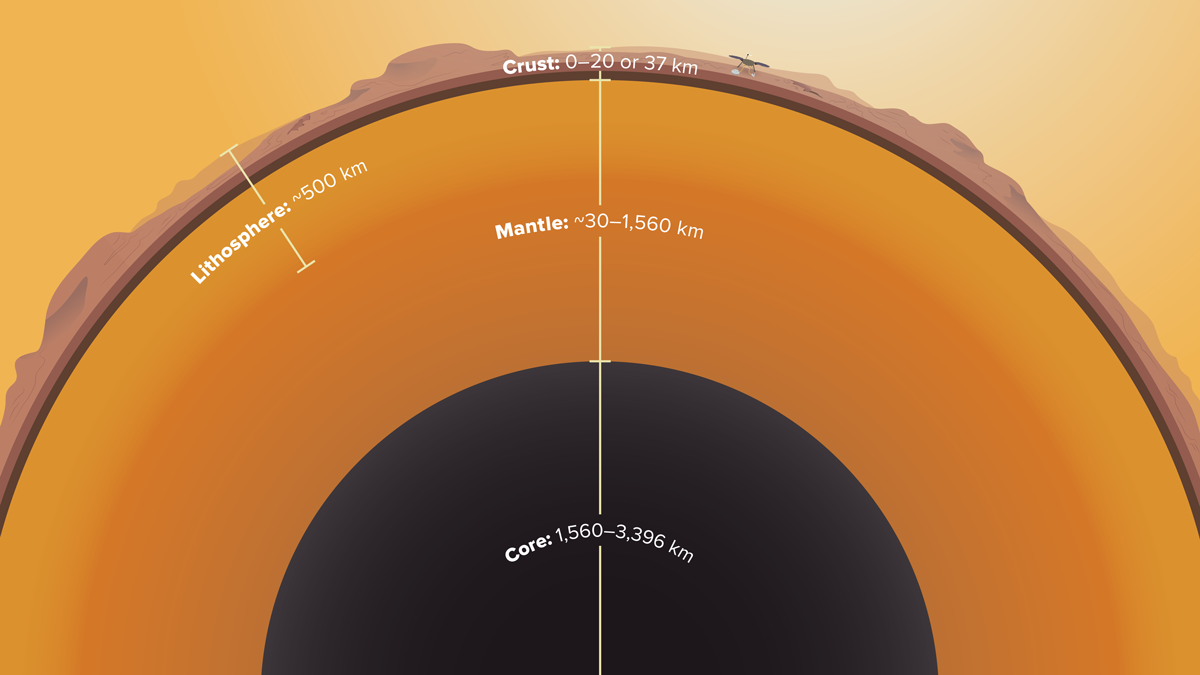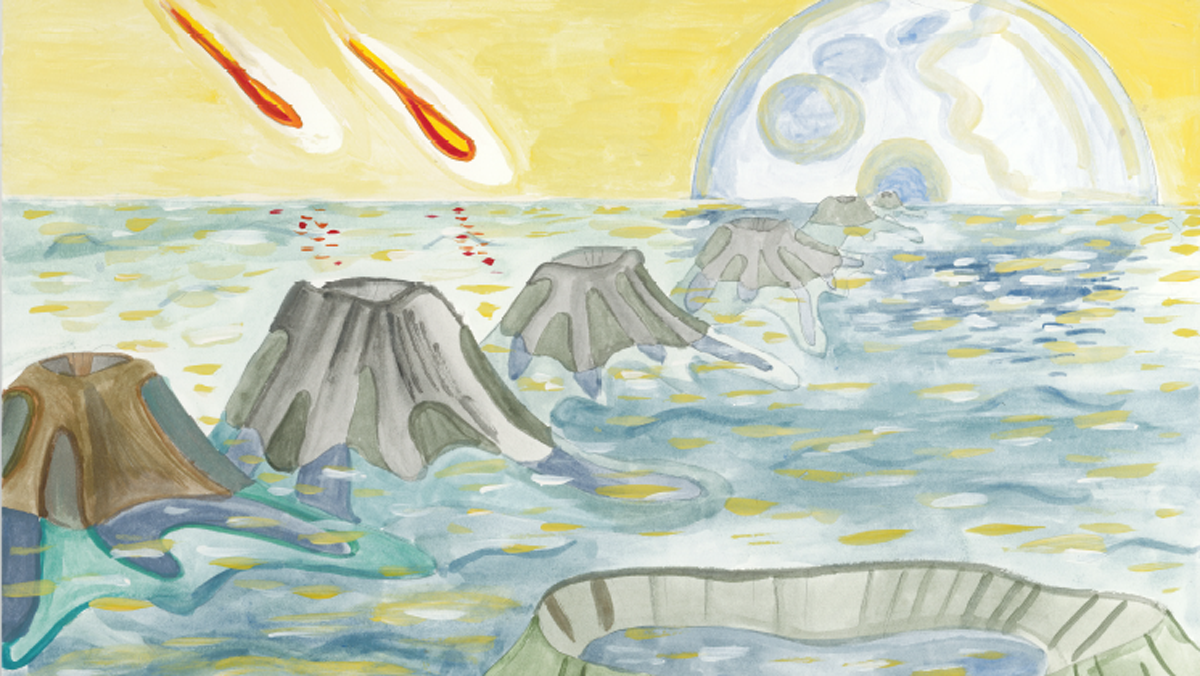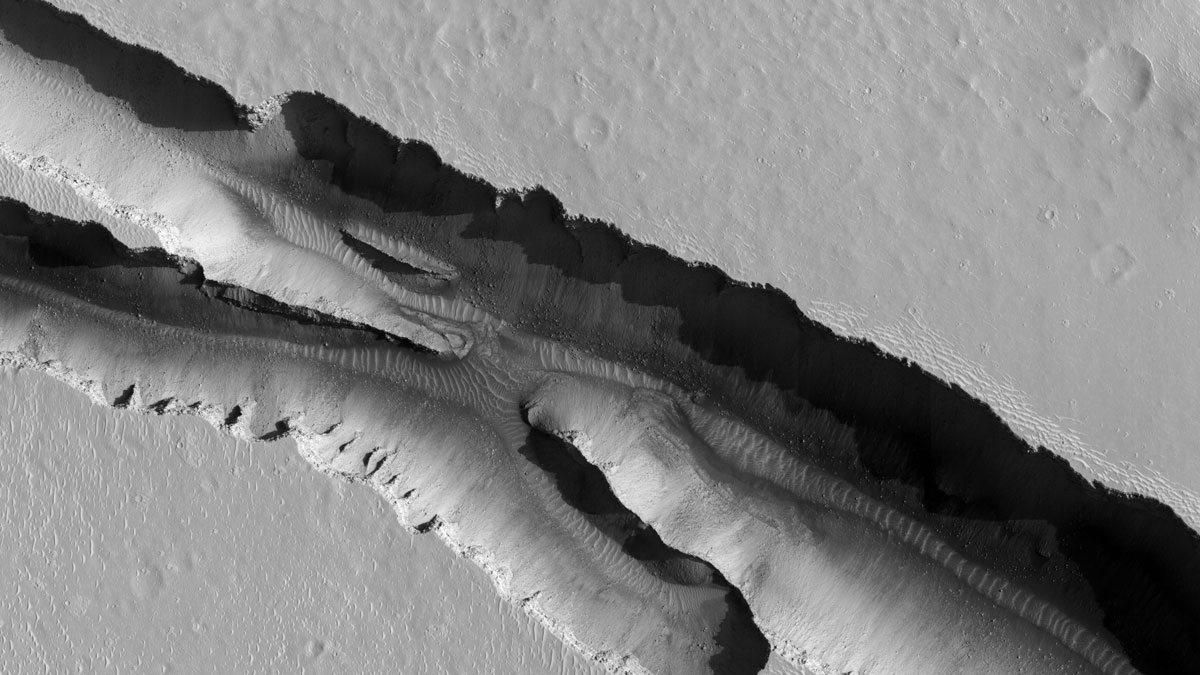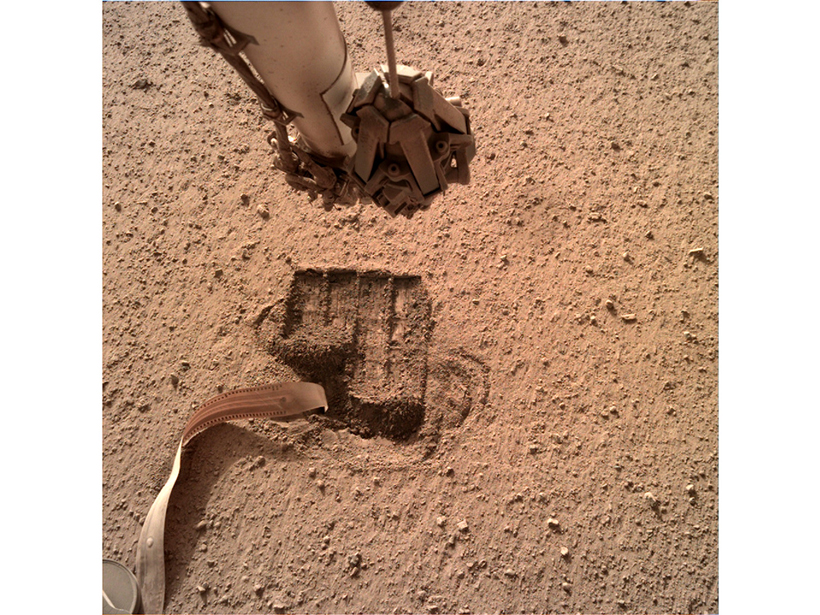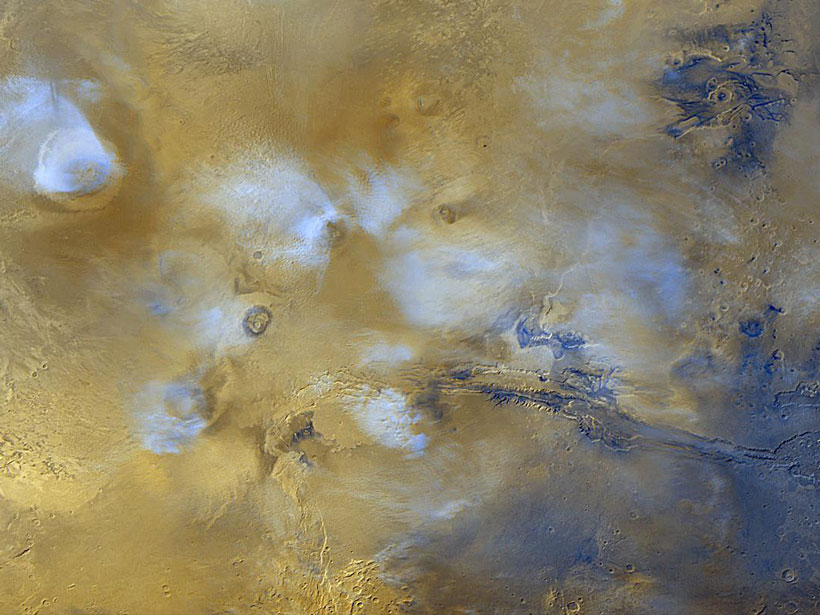The core tubes being collected by the Perseverance rover won’t arrive for years, but NASA and the European Space Agency are outlining needs for a facility to assess their safety and store and distribute them.
Mars
Mars from the InSight Out
There’s a seismometer on Mars, and it’s been busy! Download our free illustrated poster.
A Simple Recipe for Making the First Continental Crust
Laboratory experiments serendipitously revealed a rock-forming process that might explain how the first continental crust formed on Earth—and possibly on Mars.
Summer Could Be Earthquake Season on Mars
InSight data hint that shifting carbon dioxide ice loads, illumination changes, or solar tides could drive an uptick in marsquakes during northern summer—a “marsquake season.”
Noble Gas Hints at Mars’s Rapid Formation
A new study finds that Mars’s mantle is neon-rich, putting constraints on the planet’s formation history.
Megaripples on Mars—How to Name Wind-Shaped Features on the Red Planet
New research suggests a more settled terminology for Martian aeolian landforms based on size and geomorphology.
Not So Hot Under the Collar
Thermal properties of Martian soil as measured by the InSight lander.
El Antropoceno marciano
La idea de mandar gente a Marte ha capturado la imaginación del público, pero ¿hemos realmente considerado cómo nuestra presencia alteraría al planeta?
Martian Meteorites Shed Light on Solar System’s Early Dynamics
Chemical compositions of rocks from Mars indicate that the earliest orbits of Jupiter and Saturn were more circular than they are today.
Tiny Volcanoes Are a Big Deal on Mars
Cinder cones and fissure vents provide clues about the evolution of the Red Planet’s mantle and crust.

